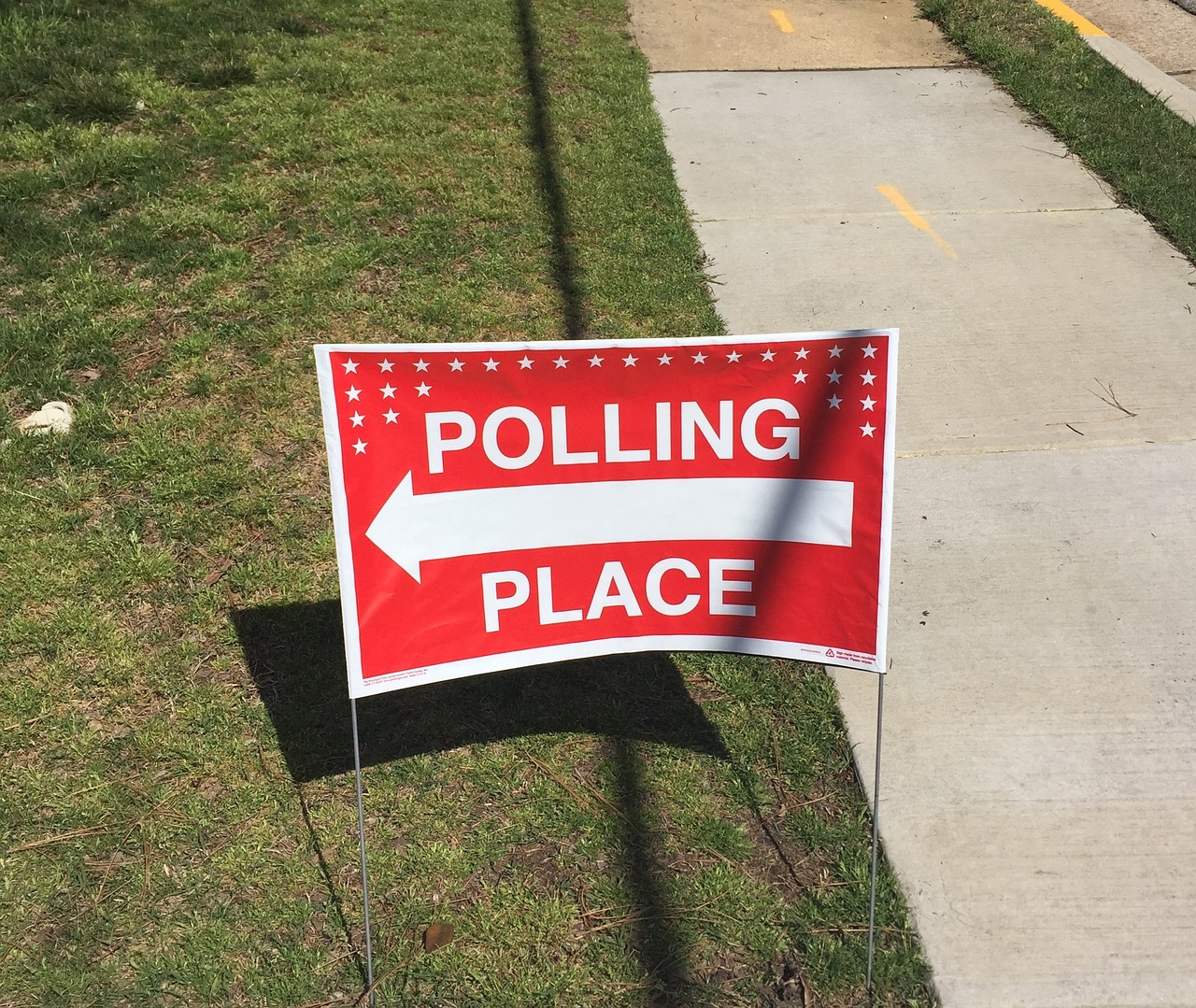The prior election season challenged many people’s understanding of the American democratic process with issues ranging from impeachment to claims of tampering and the voting complications associated with the coronavirus pandemic. Another complicating factor was the runoff in Georgia, which left many people around the nation confused about this particular process and what it meant for the outcome of the election.
The rules about runoffs differ between states, so it can be quite confusing to determine what exactly is happening and why, especially when the stakes are as high as congressional control for a party as they were during the 2020 election. Many people felt that the future of the country hinged on this election.
How Runoffs Work during a General Election
The term runoff election refers to a secondary process that determines a winner if no person emerges victorious in the first round. For example, Georgia and Louisiana both do runoffs for general elections, which is not true of any other state. This is because every state besides these two declares a winner based on a plurality of the vote. In other words, whoever receives the most votes will win the election.
In Georgia and Louisiana, general elections are only won if a candidate receives a majority of the vote. This means that one candidate must receive more than half the vote to be declared the victor. In Georgia, neither candidate was able to secure more than half of the vote, which is why a runoff was declared. Since people can only choose between two candidates, someone will almost always get the majority of the vote as an exact tie is extremely unlikely.
If a candidate doesn’t win with a majority in the general election, Georgia requires runoff elections for congressional, state executive, and state legislative positions. These is why a runoff was necessary this past November. The top two finishers in the general election advance to the runoff and voters can only choose between these two candidates (i.e, no third-party votes are permitted). This law dates back to the 1960s.
In Louisiana, all candidates for office, whether at the local, state or federal level, will appear on the same ballot. Elections happen in October in odd-numbered years and November in even-number years. Party affiliations are note taken into account. Should a candidate win a simple majority, that person is declared the victor.
However, if no candidate crosses this threshold, the top two compete in a runoff election in December. Again, this happens regardless of party affiliation. In the second election, the candidate with the most votes is declared the winner. This system was created in 1975.
The Older Tradition of Runoffs for Primary Elections
Perhaps surprisingly, several other states have runoff election policies in relation to the primary elections. Altogether, 10 states have runoff elections built into party nomination processes and most of them require a majority rather than a plurality. The threshold in North Carolina is 30 percent of the vote plus one for victory. Vermont only allows a runoff in the event of a tie and South Dakota only for congressional and gubernatorial elections.
The other states with runoff elections for primaries include Alabama, Arkansas, Mississippi, Oklahoma, South Carolina, and Texas. Louisiana is not one of the states with runoff elections for primaries, but Georgia is. You may note that all of these states with the exception of South Dakota are location in the southern part of the United States.
Election runoffs for primary races have a much longer history than for general elections. The roots trace back to the beginning of the 20th century in the southern parts of the United States. Prior to the runoff system, Democrats would actually use conventions to nominate their candidates. Over time, factions formed within the Democratic Party. These splits made it difficult for them to compete with Republicans.
Eventually, Democrats introduced the primary system with runoff provisions as a way to unite these factions and approach general elections against Republicans with greater unity. In Arkansas, historians have traced this new system to elections involving members of the Klu Klux Klan. By creating runoffs, Democrats were able to prevent Klan members from winning primaries with only a small plurality of the vote.
The runoff system also made politicians approach their work in a fundamentally different way. With many candidates competing, it was previously possible to build a small but loyal following to win a primary. With the introduction of the runoff system, candidates were forced to broaden their appeal to a much wider range of voters and thus better represent the full spectrum of party ideologies. Runoffs made it impossible for people at ideological extremes to make it to the general election.
The result is that the Democratic party ultimately produced candidates who would perform better in the general elections because of their broader appeal. What is interesting is that the system serves a similar purpose today. The states that have runoffs are primarily southern and Republicans have an incredibly strong hold in those states. The runoff policies help create candidates that are more broadly appealing and not tied to ideological extremes.
